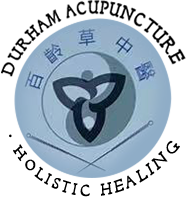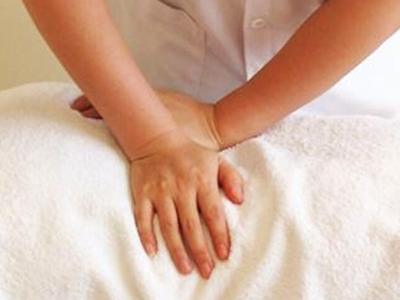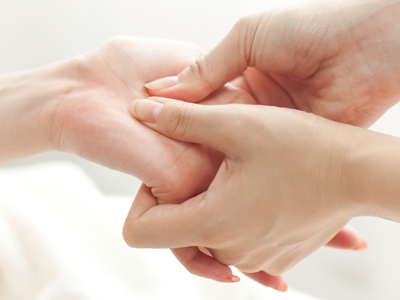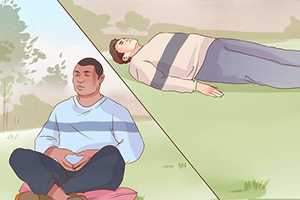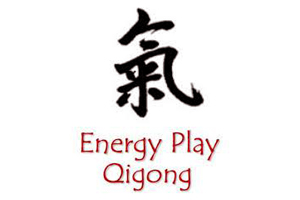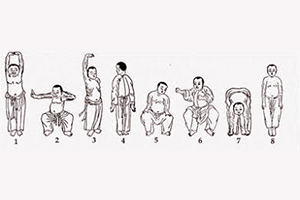Tui Na & Qigong
Chinese Tui Na Massage
Tui Na
Tui na (a combination of massage, acupressure, and other forms of body manipulation) is a form of Asian bodywork therapy that has been used in China for centuries. In a typical tui na session, the patient remains clothed and sits on a chair. The practitioner will ask a series of questions and then begin treatment. The type of massage delivered by a tui na practitioner can be quite vigorous at times. Practitioners may use herbal compresses, ointments, and heat to enhance these techniques. Tui na is best suited for treating chronic pain and musculoskeletal conditions.
Tui Na massage originated in ancient China and is believed to be the oldest system of bodywork. It is one of the four main branches of traditional Chinese medicine, along with acupuncture, qi gong, and Chinese herbal medicine. It’s based on the theory that imbalances of qi, which is the body’s vital life force or energy, can cause blockages or imbalances that lead to symptoms such as pain and illness.
Similarly to acupuncture, Tui Na massage stimulates the flow of qi within the body to promote balance and harmony. By removing blockages and disturbances that result in illness, disease, and emotional issues, Tui Na massage aims to create harmony in the yin and yang of the body.
What are the Tui Na benefits?
Tui Na successfully can:
promote and invigorate the flow of Qi and Blood;
expel, clear, dissipate and dredge pathogenic factors;
regulate Qi and Blood;
harmonize Yin and Yang;
improve and regulate the functions of the internal organs;
release and relax the channel sinews;
lubricate and facilitate the movement of joints.

What are the common problems treatable by Tui Na?
lower backache;
sciatica;
arthritis and rheumatism;
frozen shoulder;
tennis elbow;
wry neck;
carpal tunnel syndrome;
chronic muscular tension and joint restriction;
pain related to old traumas and injuries;
sprains and strains from trauma/sports injuries;
irritable bowel syndrome;
constipation;
diarrhea;
epigastric pain;
abdominal pain;
acid reflux;
belching and flatulence;
hypochondriac pain;
poor appetite.
What does feel it like?
Tui Na can be very vigorous and physically active or incredibly subtle and still. It depends on the requirements of treatment. We can distinguish Yin Style and Yang Style.
Yin Style treatments are very gentle and involve light stretches and manipulation. Breathing and visualization take an important part of the treatment. It is suitable for internal disease, emotional imbalance and relaxation.
Yang Style treatments involve dynamic strong pressure and manipulations. It is excellent for treating muscular skeletal complaints.
Qigong
What is Qigong? Qigong is the study and practice of cultivating vital life-force through various techniques, including:
- Breathing Techniques
- Postures
- Meditations
- Guided Imagery
Qi means “breath” or “air” and is considered the “vital-life-force” or “life-force energy.” Qigong practitioners believe that this vital-life-force penetrates and permeates everything in the universe. It corresponds to the Greek “pneuma,” the Sanskrit “prana,” or the Western medical conception of “bioelectricity.”
Gong means “work” or “effort” and is the commitment an individual puts into any practice or skill that requires time, patience, and repetition to perfect. Through study, the individual aims to develop the ability manipulate Qi in order to promote self-healing, prevent disease, and increase longevity.What are the types of Qigong?
There are many forms and styles of Qigong, but they all fit into one of three main categories:
Medical Qigong to heal self and othersMartial Qigong for physical prowess
Spiritual Qigong for enlightenment
Generally, all Qigong practitioners incorporate exercises and techniques from all three
categories–the only difference is their focus.
Medical Qigong
Martial Qigong
Spiritual Qigong Man meditating
This type of qigong uses mantras, mudras (hand positions), sitting meditations, and prayers to pursue enlightenment. These techniques are heavily influenced by Buddhism, Taoism, and Confucianism. Spiritual Qigong teaches discipline and leads to self-awareness, tranquility, and harmony with nature and self.
Spiritual practitioners train their Qi to a much deeper level, working with many internal functions of the body. They practice to obtain control of their body, mind, and spirit, with the goal of escaping from the cycle of reincarnation.